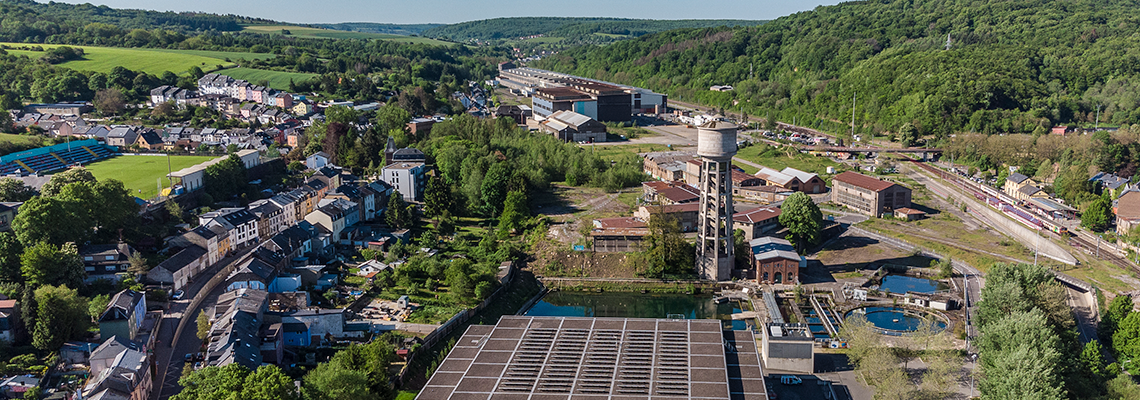Geothermal district heating in Dudelange
Overview
The 'NeiSchmelz' project in Dudelange is set to transform a 40-hectare brownfield site into a vibrant community with 1,000 housing units. To tackle the energy challenges posed by such a large-scale development, an innovative energy concept has been developed, incorporating deep geothermal energy. Given the significant size of the 'NeiSchmelz' brownfield area, extending the existing energy network would have been costly. Instead, the project was conceived as an eco-district, aiming to produce renewable and carbon-neutral energy onsite, thus reducing reliance on fossil fuels. This pioneering approach entails harnessing different energy sources, including Luxembourg's first deep geothermal drilling.
The City of Dudelange, in collaboration with national institutions such as the Luxembourg Ministry of Housing and the Ministry of Environment, is spearheading the project, ensuring the energy concept's approval and implementation.
With plans for a district heat system powered by a centralised geothermal energy plant, complemented by near-surface geothermal energy, 'NeiSchmelz' is poised to become a model of energy self-sufficiency and sustainable development.
History
Geothermal energy represents a novel frontier in Luxembourg, and as such, comprehensive knowledge regarding its potential, techniques, feasibility, and economic viability is still in its infancy. Given the pioneering nature of geothermal exploration in the country, fostering cooperation among specialized stakeholders is crucial to consolidating knowledge and expertise. This collaborative approach not only facilitates the development of viable energy concepts but also ensures that valuable insights are institutionalized for future projects. The journey towards unlocking geothermal potential in Luxembourg began in 2014 with the formulation of the first energy concept for the 'NeiSchmelz' district. Subsequent years saw significant advancements, with the identification of substantial geothermal energy potential in the area prompting the development of a revised energy concept in 2017, placing greater emphasis on geothermal energy as a primary heat source. A detailed feasibility study conducted between 2017 and 2019 provided invaluable insights into the technical and economic viability of geothermal energy within the district. Initial investigations revealed promising geothermal potential, with temperatures at depths of 70° to 80°C capable of supplying the entire district with hot water.
Sources:
Luxembourg continues efforts to develop medium-depth geothermal (thinkgeoenergy.com)
Seismic survey to commence for Luxembourg geothermal exploration (thinkgeoenergy.com)
RTL Today - Harnessing the Earth's heat: Geothermal explorations to be completed around Dudelange
Deep geothermal drilling in Dudelange: Geothermal energy to power a brownfield development – CIPU

